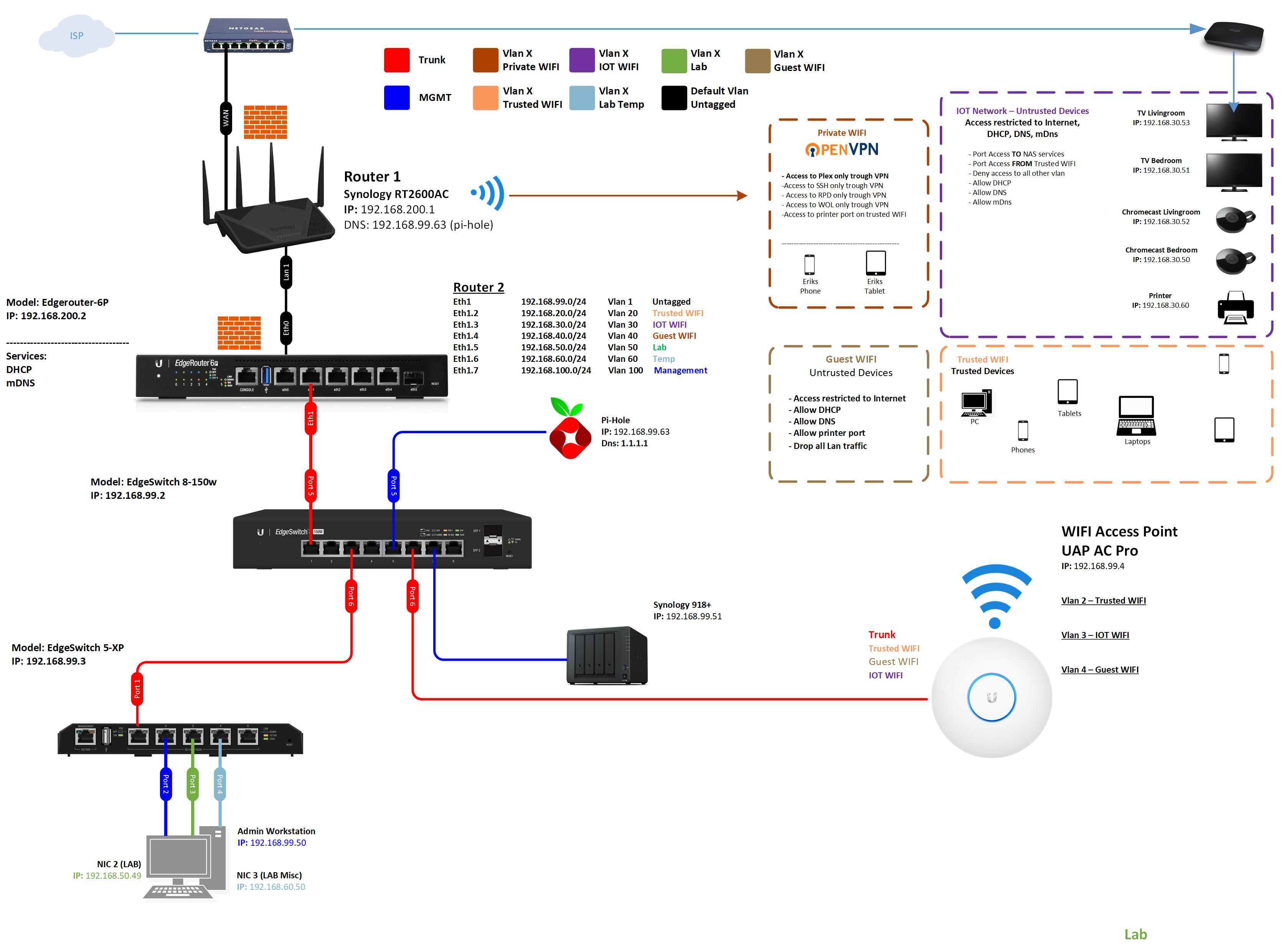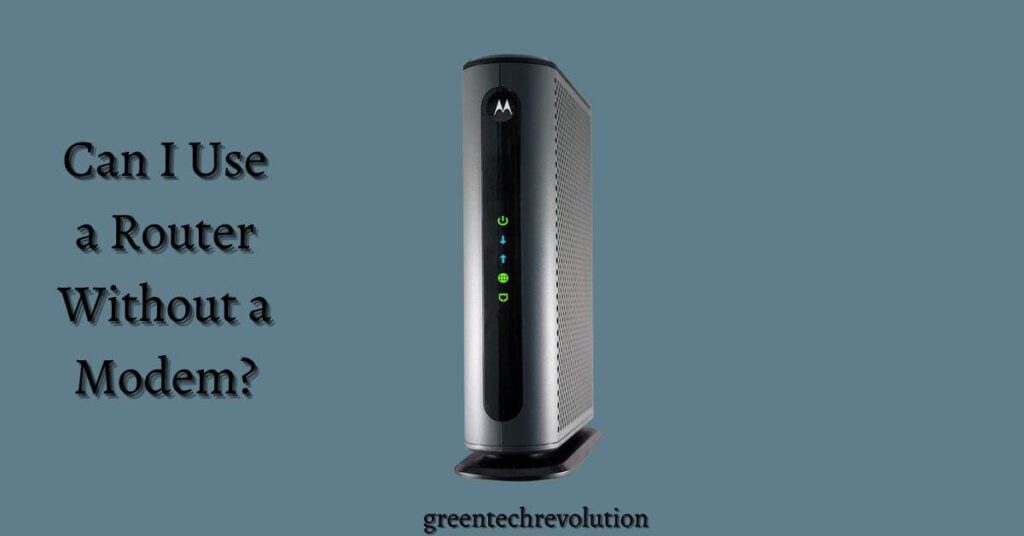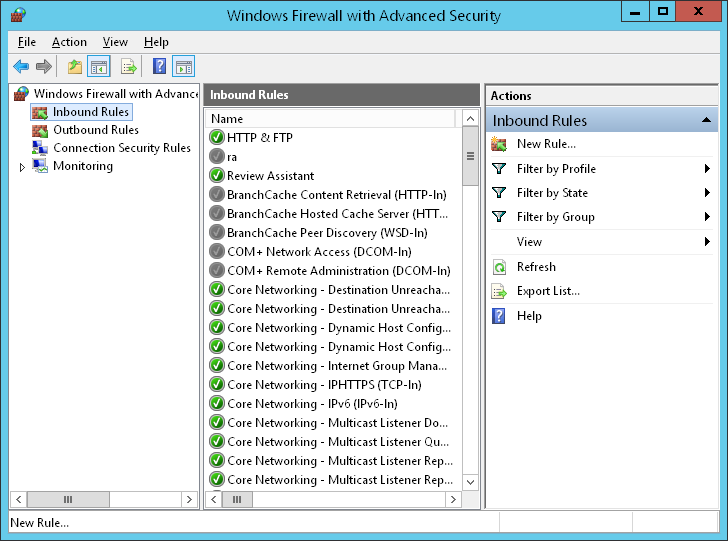Are you tired of being locked out of your IoT devices just because they're behind a router? Well, fret no more! Today, we're diving deep into the world of remote IoT access, and the best part? You don’t need Windows or any paid software to make it happen. That's right, folks, it's all about freedom and flexibility when it comes to controlling your smart devices from anywhere in the world.
In this modern era, IoT (Internet of Things) has taken over our lives, making everything smarter and more connected. But what happens when you want to control your IoT devices remotely but don’t have access to Windows or fancy paid software? This is where our guide comes in handy. We’ll walk you through step-by-step instructions on how to set up remote IoT access without breaking the bank or sacrificing your operating system preference.
Whether you're a tech enthusiast, a hobbyist, or just someone who wants to simplify their life with smart gadgets, this article is for you. By the end of this guide, you'll be a pro at accessing your IoT devices from anywhere, even if they're tucked away behind a router. So grab your favorite beverage, and let's get started!
Read also:50 Cent Girlfriend 2025 The Untold Story Of Love Fame And Fortune
Table of Contents:
- Introduction to RemoteIoT
- Why No Windows Needed?
- Prerequisites for RemoteIoT Setup
- Understanding Port Forwarding
- Dynamic DNS: The Magic Key
- SSH Tunneling Explained
- Exploring VPN Options
- Security Measures to Keep in Mind
- Troubleshooting Common Issues
- Conclusion and Next Steps
Introduction to RemoteIoT
First things first, let’s break down what RemoteIoT is all about. Essentially, it’s the ability to control and interact with your IoT devices from afar, even when they’re connected to a local network behind a router. Think of it like giving your smart thermostat a high-five from the other side of the world.
Now, here’s the kicker: you don’t need fancy tools or expensive software to achieve this. In fact, with a bit of know-how and some free tools, you can set up remote access to your IoT devices without relying on Windows or any proprietary systems. It’s all about using open-source solutions and leveraging the power of your router.
But why is this important? Well, imagine being able to turn off your smart lights or adjust your home security system while you’re on vacation. Or maybe you just want to monitor your smart garden from the comfort of your office. RemoteIoT makes all of this possible, and we’re here to show you how.
Why RemoteIoT Matters
RemoteIoT isn’t just about convenience; it’s about taking control of your smart home ecosystem. With more and more devices becoming connected, the need for seamless remote access is higher than ever. Plus, who doesn’t love saving money by avoiding pricey software solutions?
In this section, we’ll explore the benefits of RemoteIoT, discuss its potential applications, and highlight why it’s a game-changer for anyone looking to enhance their smart home setup.
Read also:Inside Out Cast The Untold Stories And Fascinating Facts You Didnrsquot Know
Why No Windows Needed?
Let’s face it: Windows is great, but it’s not the only game in town. Many people prefer using Linux or macOS for various reasons, whether it’s better security, faster performance, or simply avoiding the bloatware that often comes with Windows.
So, how do you access your IoT devices remotely without Windows? The answer lies in open-source tools and cross-platform solutions. Whether you’re using a Raspberry Pi, a Linux server, or even your smartphone, there are plenty of ways to achieve remote IoT access without tying yourself to a specific operating system.
Here’s a quick rundown of why going Windows-free is a smart move:
- Cost-Effective: No need to purchase expensive licenses or upgrade your hardware.
- Flexibility: Work with any device or operating system you prefer.
- Security: Avoid the vulnerabilities that often come with Windows-based systems.
Alternatives to Windows
If you’re wondering what your options are, don’t worry—we’ve got you covered. From Linux distributions like Ubuntu and Debian to lightweight solutions like DietPi, there’s no shortage of alternatives to Windows for setting up remote IoT access.
Prerequisites for RemoteIoT Setup
Before we dive into the nitty-gritty of setting up RemoteIoT, let’s go over the basics. Here’s what you’ll need to get started:
- A router with port forwarding capabilities
- An IoT device that supports remote access
- A static IP address or dynamic DNS service
- A device running a non-Windows operating system (Linux or macOS recommended)
- Basic knowledge of networking concepts
Don’t worry if some of these terms sound unfamiliar—we’ll explain everything in detail as we go along. The goal here is to ensure you’re prepared before diving into the setup process.
Setting Up Your Environment
Once you’ve gathered all the necessary tools, it’s time to set up your environment. This involves configuring your router, securing your IoT devices, and ensuring everything is properly connected. We’ll walk you through each step in the following sections.
Understanding Port Forwarding
Port forwarding is one of the key concepts you’ll need to grasp when setting up RemoteIoT. Essentially, it’s the process of directing incoming traffic from the internet to a specific device on your local network. Without port forwarding, your IoT devices would remain hidden behind your router, inaccessible from the outside world.
Here’s how it works:
- Log in to your router’s admin panel (usually via a web browser).
- Locate the port forwarding section and create a new rule.
- Specify the port number and the IP address of your IoT device.
- Save the changes and test the connection.
Port forwarding might sound intimidating, but with a bit of practice, it becomes second nature. Plus, many modern routers come with user-friendly interfaces that make the process a breeze.
Best Practices for Port Forwarding
While port forwarding is essential for RemoteIoT, it’s also important to follow best practices to ensure your network remains secure. For example:
- Use strong passwords for your router and IoT devices.
- Limit the number of open ports to only what’s necessary.
- Regularly update your firmware to patch any vulnerabilities.
Dynamic DNS: The Magic Key
Now that you’ve set up port forwarding, it’s time to tackle another crucial component: dynamic DNS (DDNS). DDNS allows you to assign a memorable domain name to your router’s IP address, making it easier to access your IoT devices from anywhere.
Here’s why DDNS is so important:
- Your router’s IP address can change periodically, especially if you’re using a dynamic IP.
- DDNS ensures that you always have a consistent way to reach your devices.
- It’s free and easy to set up with services like No-IP or DuckDNS.
Once you’ve configured DDNS, you’ll never have to worry about remembering long strings of numbers again. Plus, it adds an extra layer of convenience to your RemoteIoT setup.
Choosing the Right DDNS Provider
There are plenty of DDNS providers out there, each with its own strengths and weaknesses. Some popular options include:
- No-IP
- DuckDNS
- Cloudflare
When choosing a provider, consider factors like ease of use, reliability, and support for your router model. Most providers offer free plans, so you don’t have to break the bank to get started.
SSH Tunneling Explained
SSH tunneling is another powerful tool in your RemoteIoT arsenal. It allows you to securely connect to your IoT devices over the internet using encrypted channels. Think of it like building a private tunnel between your device and your IoT setup.
Here’s how SSH tunneling works:
- Install an SSH client on your device (e.g., OpenSSH for Linux).
- Generate a public/private key pair for authentication.
- Connect to your IoT device using the SSH command.
SSH tunneling not only provides secure access but also allows you to bypass firewalls and other network restrictions. It’s a must-have for anyone serious about remote IoT access.
Securing Your SSH Connections
Security is paramount when it comes to SSH tunneling. Here are a few tips to keep your connections safe:
- Disable password authentication and use key-based authentication instead.
- Change the default SSH port to something less obvious.
- Regularly monitor your logs for suspicious activity.
Exploring VPN Options
While SSH tunneling is great, sometimes you need a more robust solution. That’s where VPNs come in. A Virtual Private Network (VPN) allows you to create a secure, encrypted connection between your device and your IoT setup, effectively bypassing any potential security risks.
Here are some popular VPN options for RemoteIoT:
- OpenVPN
- WireGuard
- Tailscale
Each option has its own pros and cons, so it’s worth exploring them to find the one that best suits your needs.
Setting Up a DIY VPN
If you’re feeling adventurous, you can even set up your own VPN using tools like PiVPN or SoftEther. This gives you complete control over your network and ensures that your data remains private and secure.
Security Measures to Keep in Mind
With great power comes great responsibility. As you set up RemoteIoT, it’s crucial to prioritize security to protect your devices and personal data. Here are some security measures you should consider:
- Use strong, unique passwords for all your devices.
- Enable two-factor authentication whenever possible.
- Regularly update your firmware and software.
- Monitor your network for unauthorized access.
By following these best practices, you can enjoy the benefits of RemoteIoT without compromising your security.
Common Security Threats
It’s also important to be aware of common security threats when working with IoT devices. These include:
- Brute-force attacks
- Malware infections
- Man-in-the-middle attacks
Stay vigilant and take proactive steps to mitigate these risks.
Troubleshooting Common Issues
Even the best-laid plans can hit a snag. If you encounter issues while setting up RemoteIoT, don’t panic. Here are some common problems and their solutions:
- Port Forwarding Not Working: Double-check your router settings and ensure the correct port is open.
- DDNS Not Updating: Verify that your DDNS client is running and that your router supports DDNS.
- SSH Connection Issues: Ensure your firewall isn’t blocking the SSH port and that your keys are correctly configured.
If all else fails, consult your router’s manual or reach out to the community for support. There’s always a solution waiting to be found.
Conclusion and Next Steps
And there you have it—a comprehensive guide to using RemoteIoT behind a router without Windows and completely free. By following the steps outlined in this article, you can take full control of your IoT devices from anywhere in the world, all while keeping your setup secure and cost-effective.
Remember, the key to success lies in preparation, patience, and a willingness to learn. Whether you’re a seasoned pro or a complete beginner, the world of Remote


